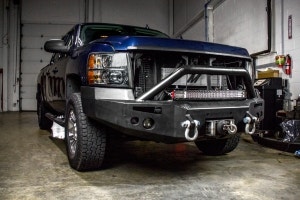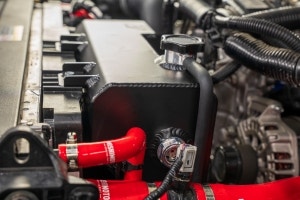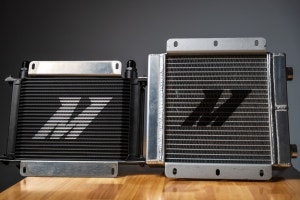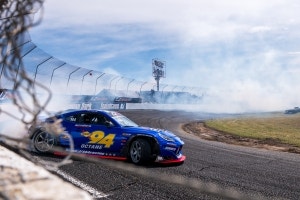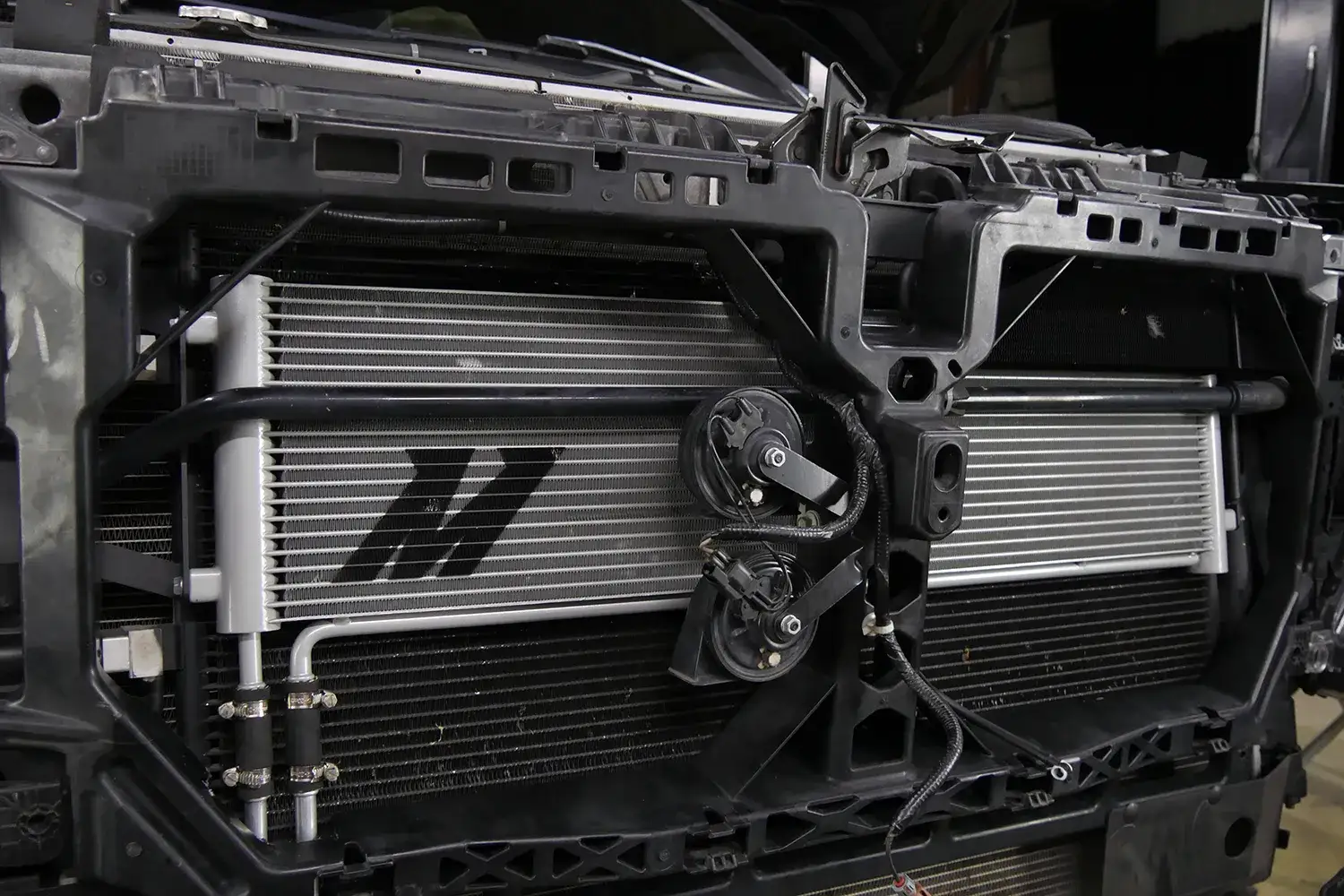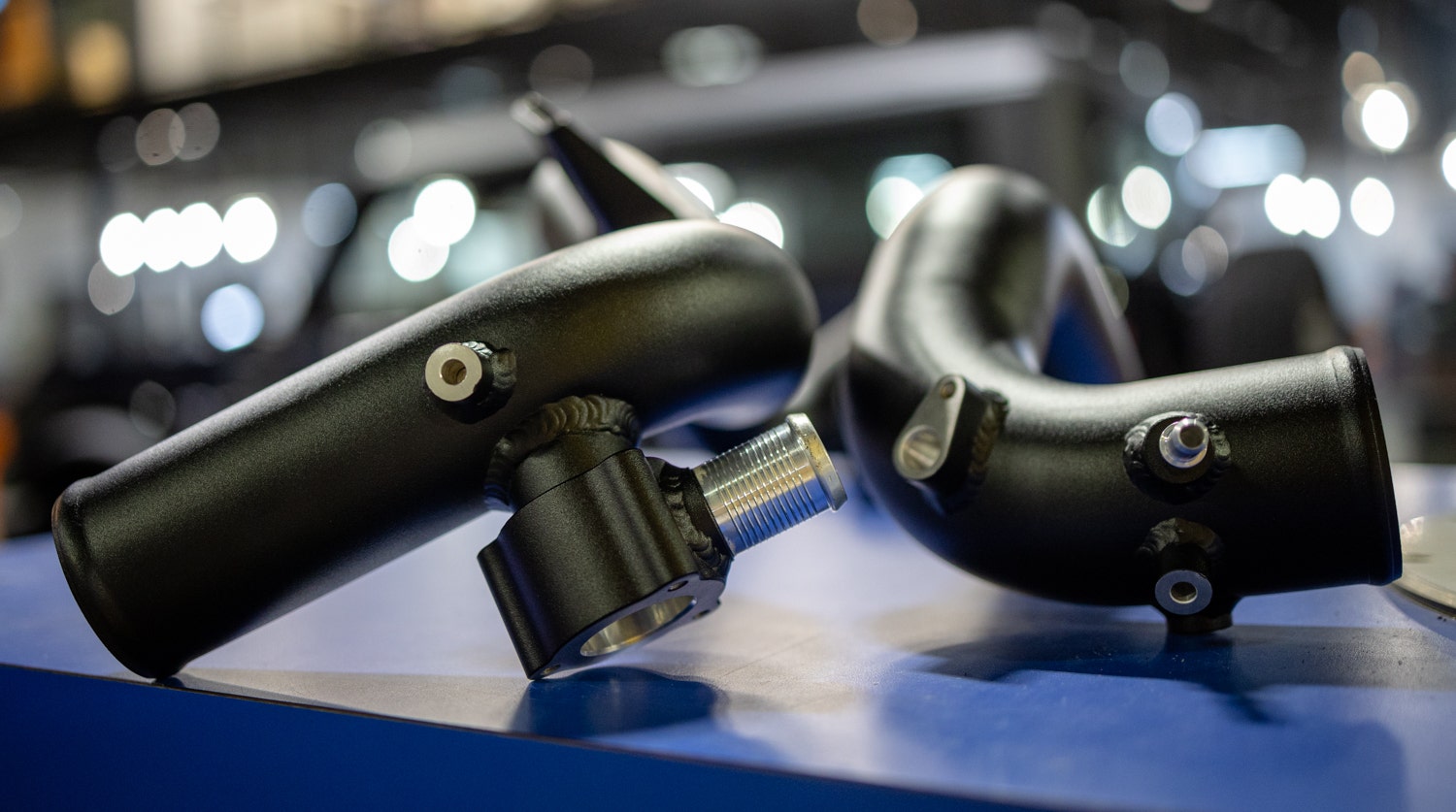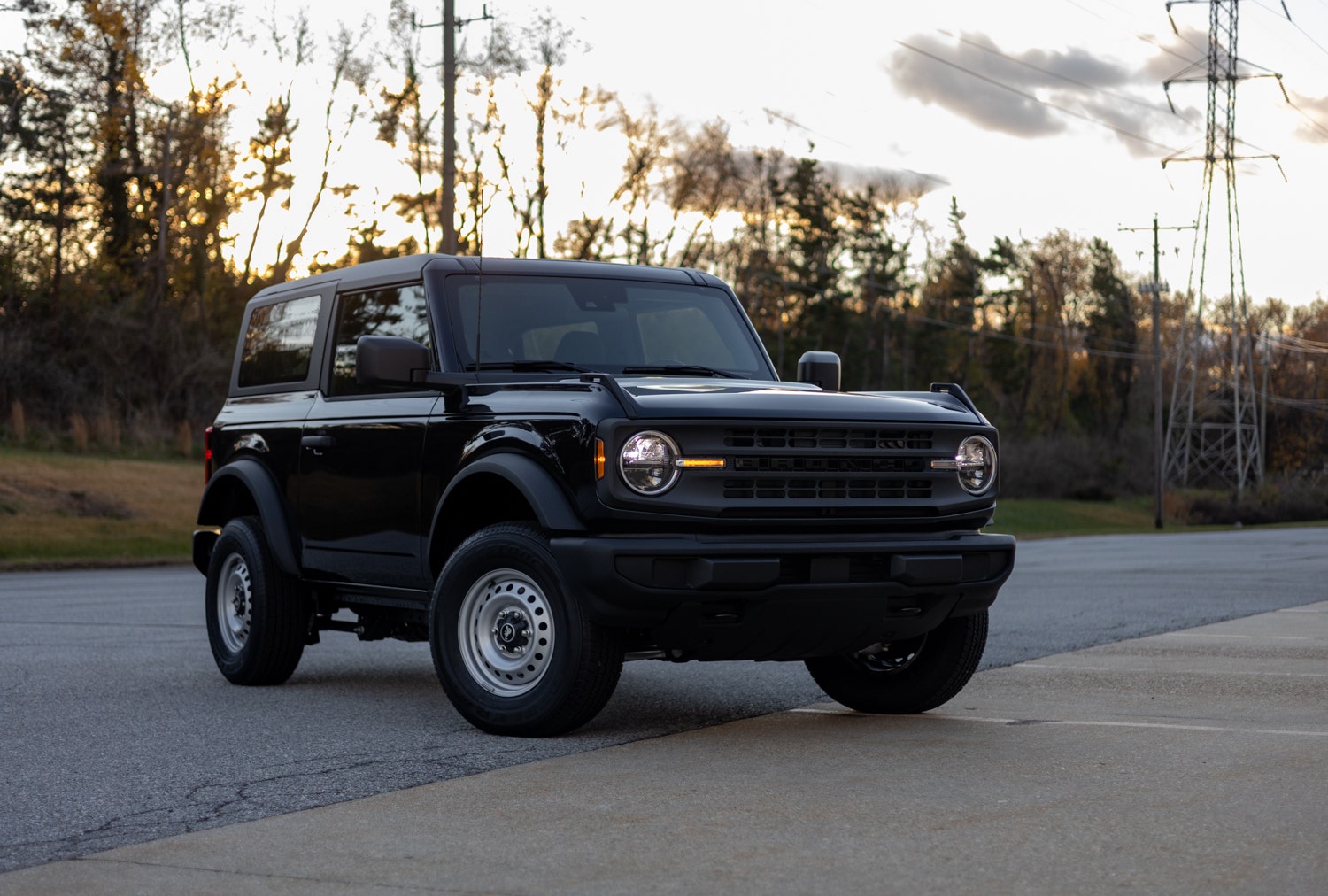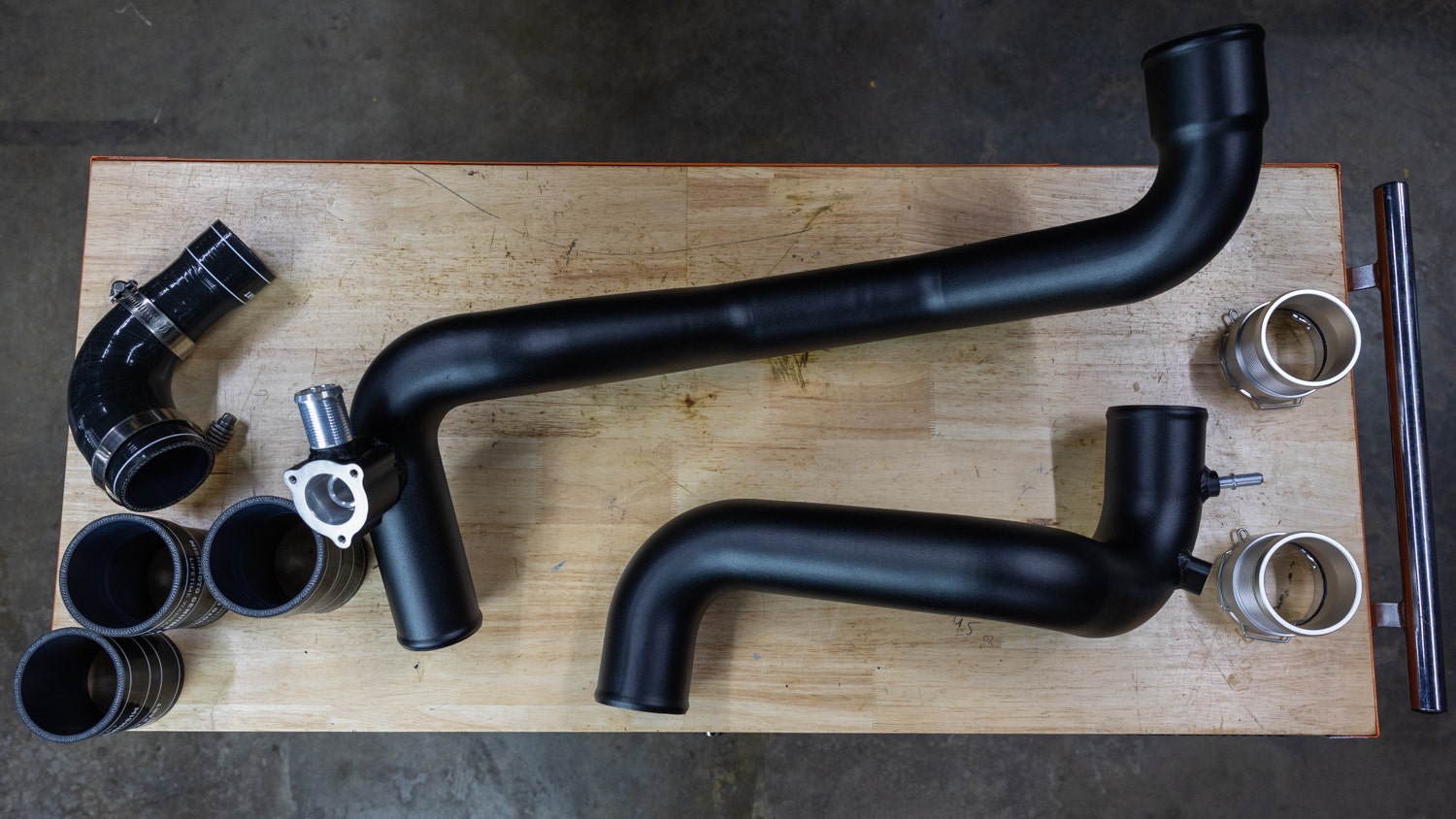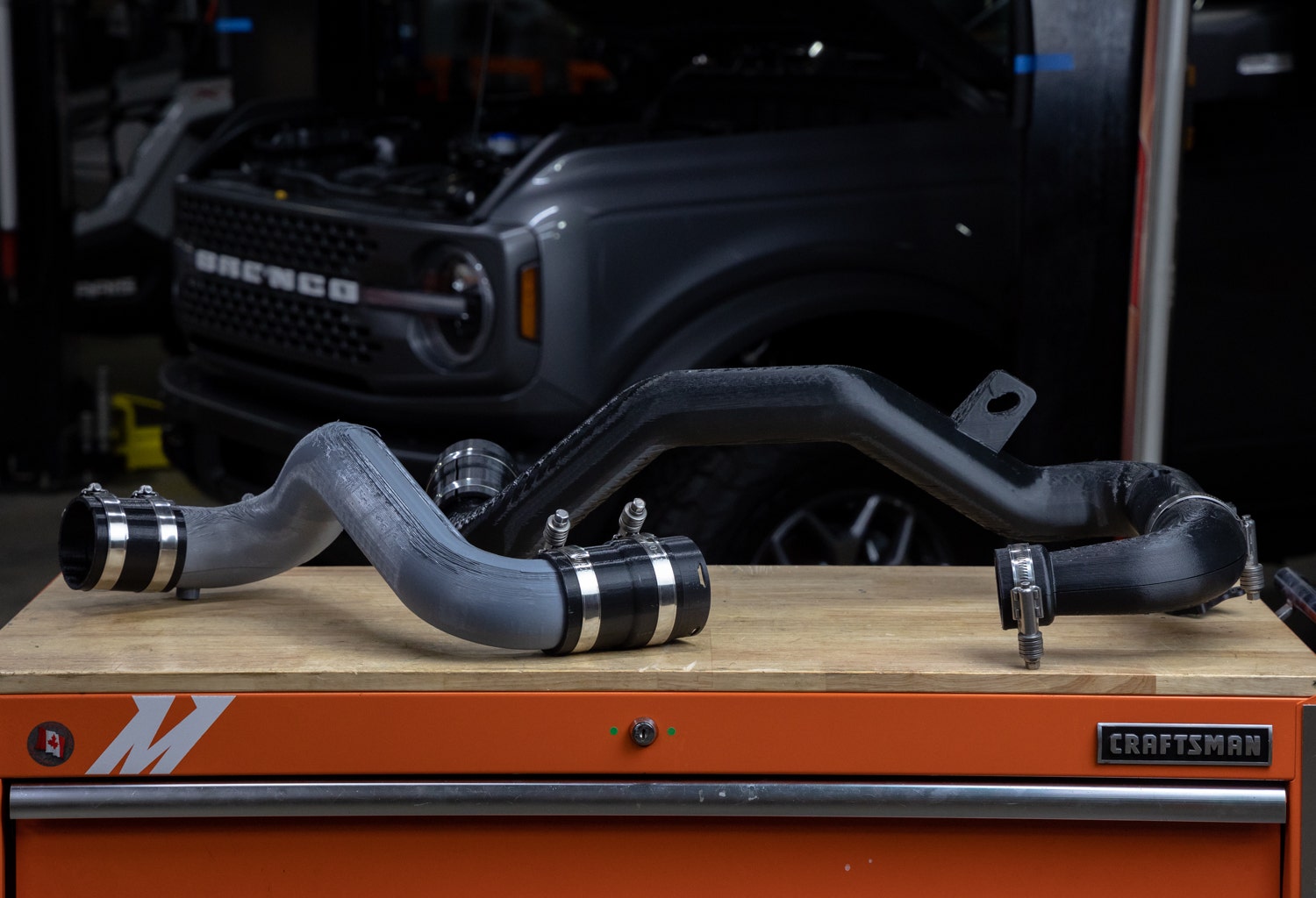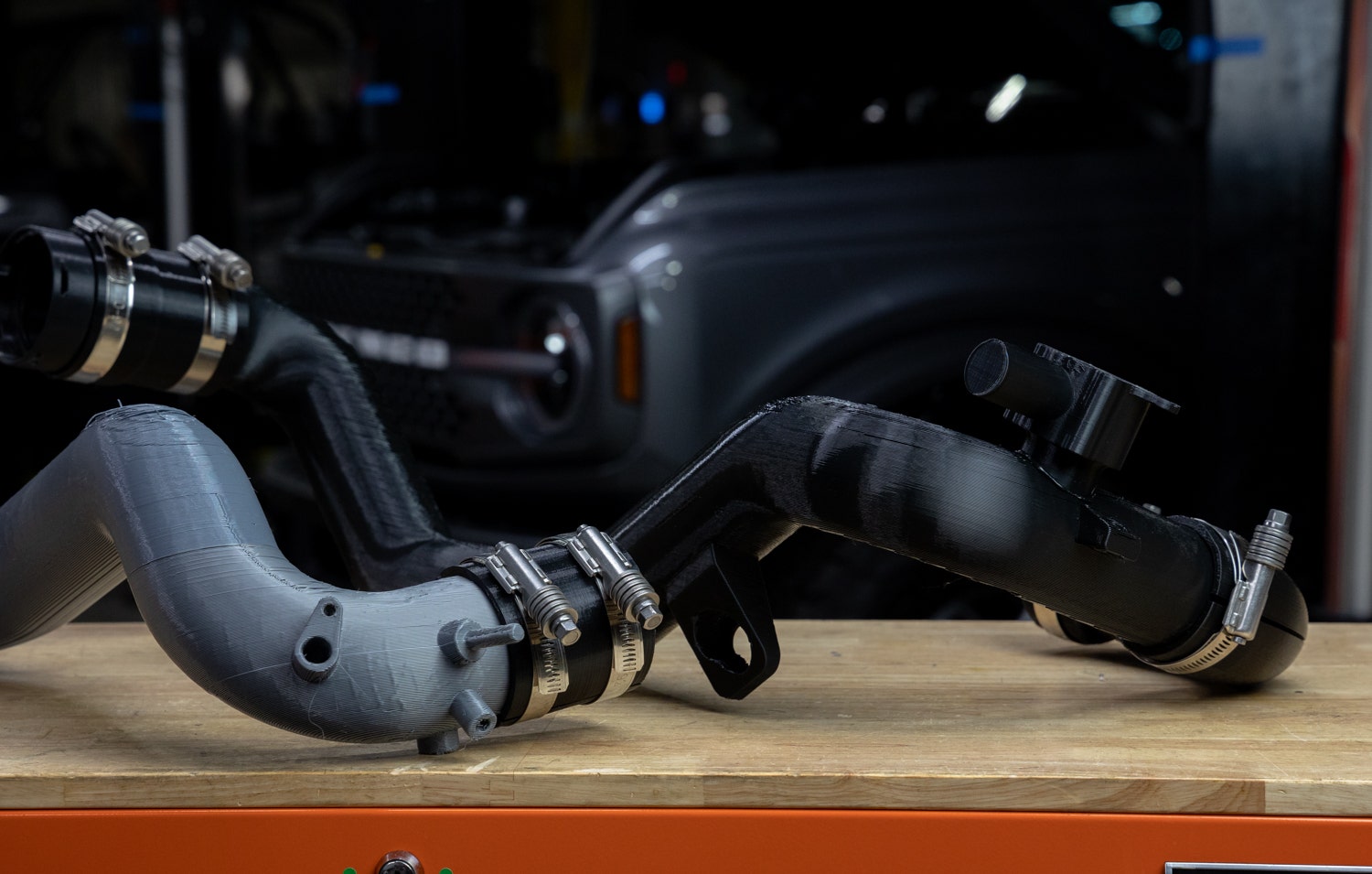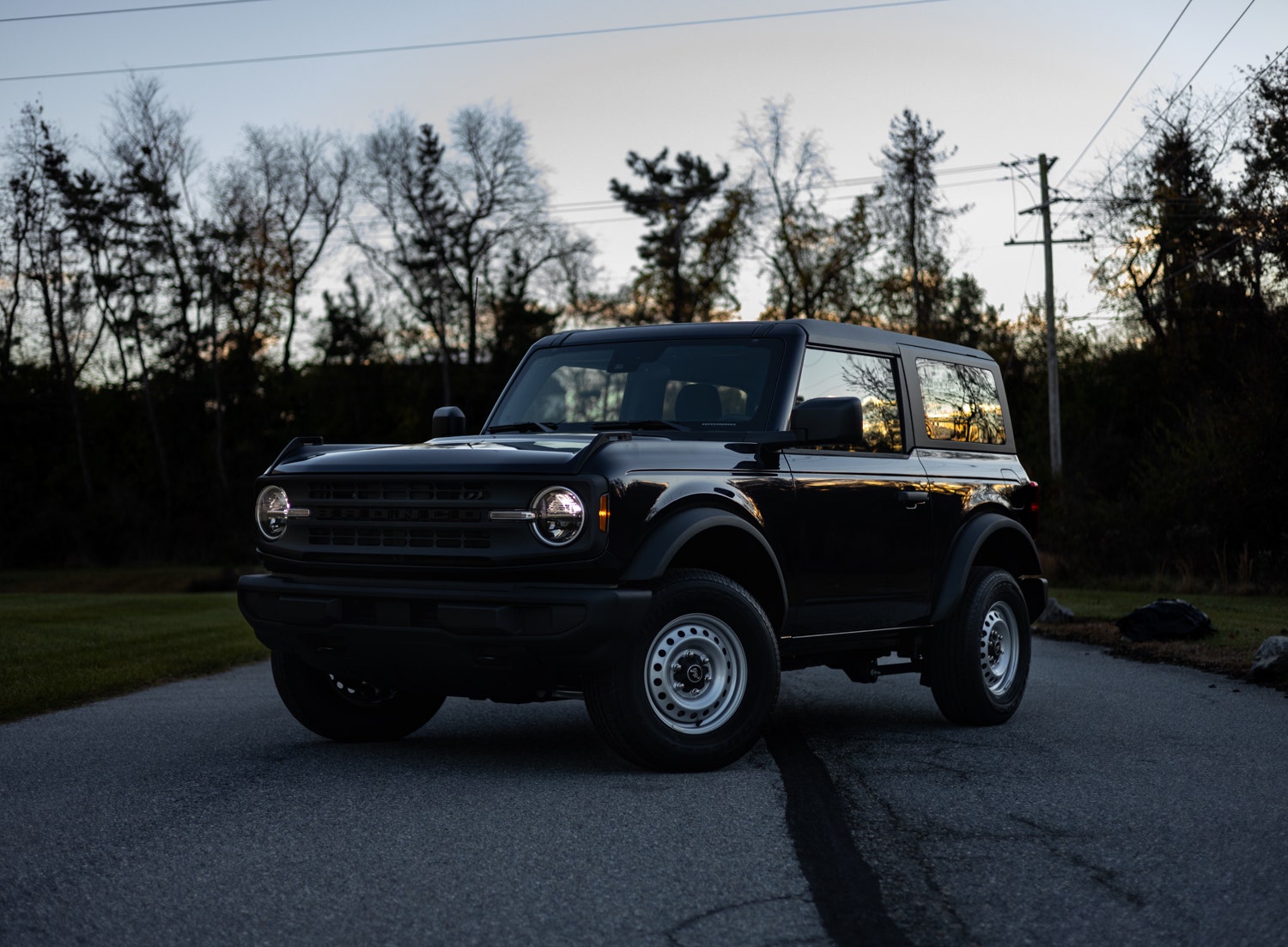Pipeline – 2021+ Ford Bronco 2.3L Performance Intercooler Pipe Kit R&D, Part 4 – Performance Testing
Updating infrastructure is all about preparing for the future. We, as a society, are constantly expanding highways, power grids, and server rooms to prepare for increased bandwidth usage. The story is the same under the hood of any turbocharged vehicle since most enthusiasts are plotting to turn up the boost. The construction of our charged air corridor might have only started back in the spring, but we’re finally ready to open this new high-pressure highway.
Additional volume is essential for tuning turbocharged applications. With the impending wave of oncoming boost, we needed to ensure that the piping system would be equipped to handle everything a performance tune could throw at them. In our last post we covered our inner diameter size increases upwards of 110% over the stock piping, and now we wanted to see how that equates in terms of performance.
